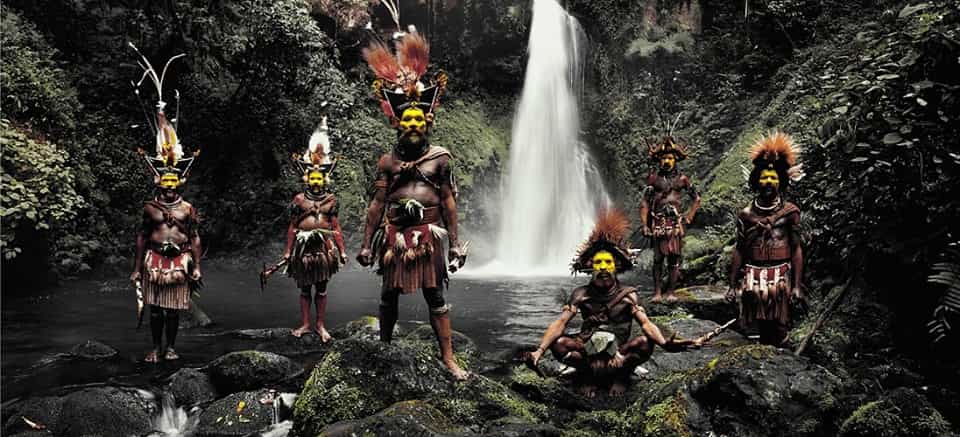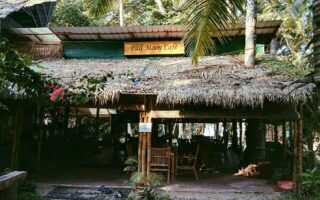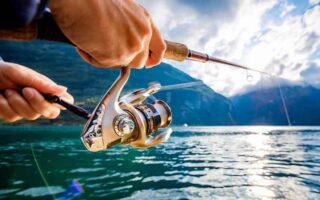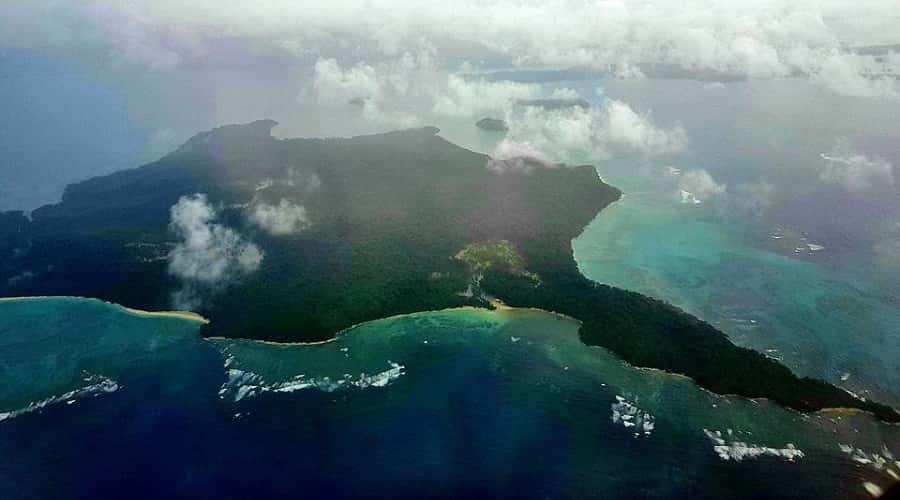
Andaman and Nicobar is one of the famous tourist destinations that exhibit stunning landscapes, exciting islands, beaches with fun-filled water activities, and a blissful environment. The place is nature’s blessing, which is frequently visited by a large number of visitors who wish to explore its beauty. Moreover, the tribal people of the region attract anthropologists and enthusiasts from around the world who wish to discover the culture, tradition, and ethnicity of the Andaman and Nicobar tribal people.
Tribes of Andaman and Nicobar
The tribal people of Andaman and Nicobar islands aren’t primitive nor belong to the Stone Age era. These people follow the same way of living that they have been practicing for several thousand years. But slowly, their cultures have been evolving steadily with the passage of time.
Andaman and Nicobar islands are a union territory located in the Bay of Bengal that consists of tribes of diverse origin. There are almost 394 islands in the region that spread across an area of about 3,185 square kilometers. Only 38 islands have been occupied, with Andaman comprising 325 islands and Nicobar containing 24.
Tribal people living in the Andaman Islands are classified into four distinct tribes: the Great Andamanese, Onge, Jarawa, and Sentinelese. People of these tribes are believed to be the Negroids of the Paleolithic era who traveled from Africa to this region, several thousand years ago. On the other hand, the Nicobar Islands contain two ‘Mongoloid’ tribes: the Shompen and Nicobarese. These tribes of the Nicobar Islands have successfully preserved their individuality, culture, and tradition amidst other tribes of the islands.
Brief Information about the Tribes of Andaman and Nicobar Islands
- The Great Andamanese Tribe – The Great Andamanese tribe occupied the Strait Island prior to the establishment of the penal settlement in the Andaman Islands. Today, only 40-45 individuals remain, and the administrative authorities have made housing arrangements, free rations, and clothing for them. The Great Andamanese, once numbering over 50,000, now face a struggle to maintain their way of life due to the encroachment of modern society.
- The Onges Tribe – The Onges are found at Dugong Creek and South Bay of Andaman Island. They are mainly engaged in hunting and gathering, and the administrative authorities provide medical facilities, free rations, and coconut plantation for them. However, the Onges’ health has been significantly affected by exposure to outside diseases and modern life, making their population increasingly vulnerable.
- The Jarawas Tribe – The Jarawas live on the western coast of Middle and Southern Andaman Islands. The Andaman & Nicobar Administration started a cyclic contact expedition in 1974 to befriend this tribe. The Jarawas are still semi-nomadic, living in the dense forests and avoiding contact with outsiders. Efforts to protect their land and way of life have been a subject of significant debate, especially with increased tourism near their territory.
- The Sentinelese Tribe – The Sentinelese are also aggressive, similar to the Jarawas, and continue their behavior when dealing with outsiders. They are one of the last remaining uncontacted tribes in the world, living on North Sentinel Island. The Indian government has declared North Sentinel off-limits to visitors to protect the tribe and preserve their way of life. The tribe’s hostility towards outsiders is believed to be a defense mechanism against diseases and the intrusion of modern civilization.
The Shompen Tribe and Nicobarese Tribe
- The Shompen Tribe: Inhabiting the interior forests of Great Nicobar, the Shompen are semi-nomadic hunter-gatherers who rely on fishing, hunting, and gathering wild fruits for survival. Unlike other tribes, the Shompen prefer limited contact with the outside world, often living in isolated areas to maintain their traditional way of life.
- The Nicobarese Tribe: The Nicobarese are the largest tribal group in the Nicobar Islands. They are more sociable than other tribes and have regular contact with the outside world. They are known for their seafaring skills and often practice agriculture alongside fishing. The Nicobarese maintain a distinct culture and have been more open to modernization, but they continue to preserve their unique customs and traditions.
How Do Tribal People of Andaman and Nicobar Make a Living?
Almost all the tribes are nomadic hunters and gatherers who are mostly engaged in activities like hunting wild pigs, monitor lizards, and fishing. The tribal people use bows and arrows with iron tips for hunting. In addition, they gather roots and berries from the forest and perform activities like honey collection to make a living.
Tribal populations across the islands have also adapted to some modern methods of survival. Some tribes, especially the Nicobarese, have taken up agriculture and fishing on a larger scale. The Jarawas and Onges, however, still mainly depend on their traditional ways of survival.
In recent years, there have been government and non-governmental initiatives aimed at providing medical support and basic welfare programs for the tribes. However, the encroachment of modern civilization remains a major challenge to preserving their way of life.
The tribal population of Andaman and Nicobar Islands is an interesting aspect of this region, offering a unique experience for visitors. The tribes’ close connection with nature, their history, and their customs make them one of the last frontiers of human cultural diversity.
- Also Read: Nature Places in Andaman and Nicobar Islands


